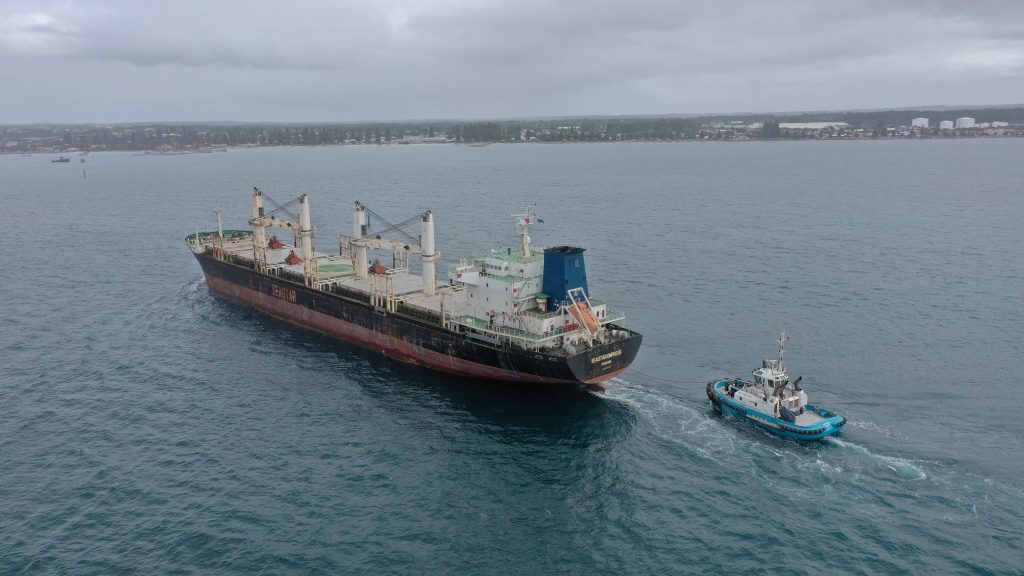Shallow Parana river pressures Argentinian FOB soybean meal, oil basis levels

Receding water levels on the Parana river have been putting Argentinian FOB Up River soybean meal and oil basis levels under downward pressure, widening the gap to Brazil’s FOB Paranagua port differentials after weeks of parity or even a premium over its neighboring country.
On Jan. 10, S&P Global Platts assessed the Argentinian FOB Up River soybean meal basis at plus $2/st over Chicago Board of Trade futures, compared with plus $13/st for Brazilian FOB Paranagua. Over Oct. 21 to Dec. 17 the Brazilian assessment was barely $1/st above the Argentinian assessment.
For soybean oil, Argentinian FOB Up River basis was assessed Jan. 10 at plus 140 points over CBOT, compared with plus 200 points for Brazilian FOB Paranagua. From mid-November to the end of December, however, the assessments for Argentina and Brazil were mostly at parity, according to Platts data.
Argentina is the top global exporter of soybean meal and oil and usually sees these two commodities trade at a discount to Brazil given its geographical position and the fact that most of its agricultural products — around 80% — are shipped via the Parana river, with subsequent reduction in vessels’ loading capacity compared to Brazilian sea-based terminals.
The strength seen over FOB Up River soybean meal and oil port differentials in late 2021 was partially due to the slow pace of soybean sales by local farmers and crush margins said to be unattractive, which could lead to lower production of both commodities, according to sources.
Although farmers remain reluctant to sell and crush margins have not improved as expected, receding water levels on the Parana river have put FOB basis levels under pressure as the shallowness could force vessels to make lighter loadings to be able to navigate the river. In some cases, ships might need to resort to either southern Argentinian or Brazilian ports to complete loadings, a situation seen last year and which means rising costs for exporters, and a subsequent reduction in FOB basis paid.
By Jan. 7, the water level at the export hub of Rosario was at 0.22 meter above sea level, compared with an average for this time of year of 3.24 meters, according to Argentinian waters agency INA. In a daily report, INA said it does not expect “any recovery in the coming weeks.”
“A general condition of reduced water flows prevails for the Argentinian section of the Parana river […] The climatic trend as of March 31 is unfavorable,” INA said.
Argentina is expected to produce 32.75 million mt of soybean meal in the current 2021-22 marketing year (October-September), with exports totaling 29.30 million mt, according to the latest data from the US Department of Agriculture. For soybean oil, the country’s 2021-22 output is pegged at 8.35 million mt by the USDA, with shipments reaching 6.25 million mt.
Read also
Wheat in Southern Brazil Impacted by Dry Weather and Frosts
Oilseed Industry. Leaders and Strategies in the Times of a Great Change
Black Sea & Danube Region: Oilseed and Vegoil Markets Within Ongoing Transfor...
Serbia. The drought will cause extremely high losses for farmers this year
2023/24 Safrinha Corn in Brazil 91% Harvested
Write to us
Our manager will contact you soon



